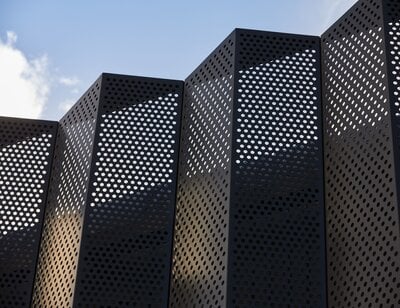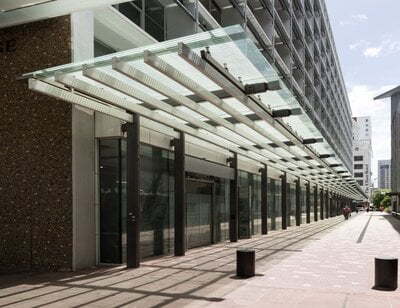
In the traditional design-bid-build approach there are three parties - client, designer and builder - and three separate stages: designers design, project is tendered, builders build. This procurement model however, is far from perfect.
A different approach to construction has gained popularity in the recent years: it’s called ECI, or Early Contractor Involvement. In this procurement model, a preferred contractor is involved in the project early on, from the planning and design phase, when it can bring to the table its expertise on materials, building methodology and pricing. The completion of the project in all its details is therefore the product of a collective effort.
In this blog we look at the main differences between the two models and the benefits that ECI can bring to construction projects.
The design-bid-build approach
Though it’s the traditional approach, there are certainly areas here where there is room for improvement. First of all, the exact cost of the project is not known until tender is complete. And even when the price is determined, it may not be the final one.
With construction already underway, unforeseen issues may come up. For example, building methodology problems start to emerge. Or the architectural intent turns out to be too ambitious for the budget, although it seemed perfectly achievable on paper. Whatever the case, this can often result in cost blowouts and extended deadlines.
The benefits of the ECI alternative
ECI is an inclusive, non-linear approach to construction, which pulls together the best skills and knowledge available to produce more thorough designs, and brings some valuable benefits to construction projects:
Better-quality designs
Rather than following a linear process and involving team members only when essential, the model creates collaboration between them. It also requires more time and energy to be invested upfront during the planning phase. This shared decision-making approach however, can produce better-quality designs, which take care of constructability issues at a stage when it’s still possible to maximise cost efficiency and outcomes.
Dealing with complexity beforehand
In the design-bid-build process, the designer completes the project for the client, and then they start looking for a contractor. But what if there are no contractors available at the moment with the expertise and capability required by the project? And what if the budget is not enough to realise the original architectural vision? By contrast, when they’re brought onboard from the outset, contractors can help designers deal with complex issues proactively and find cost-effective solutions before building works start.
More accurate risk allocation
Another positive side effect of better-quality designs is better risk allocation. Identifying, pricing and allocating risk has a great impact on the final cost of a project. Quite often, the problem with the design-bid-build approach is that the focus is on how to distribute risk among stakeholders, and that has the potential of creating significant conflicts. With ECI however, the focus is on identifying and mitigating risk, which results in lower budgets and a smoother risk allocation.
In the ECI model, the preferred contractor will be the one that can bring the highest value, not necessarily the lowest bidder. In spite of that, an early involvement will help avoid cost blowouts (or even save on costs) and complete construction without delays. Its well worth considering ECI for your next construction project.









